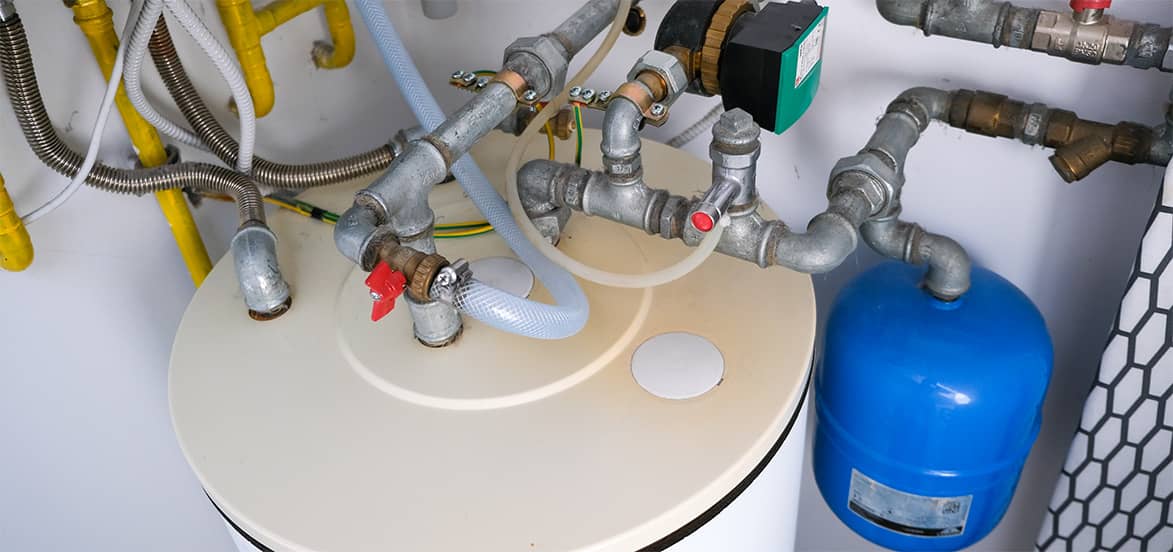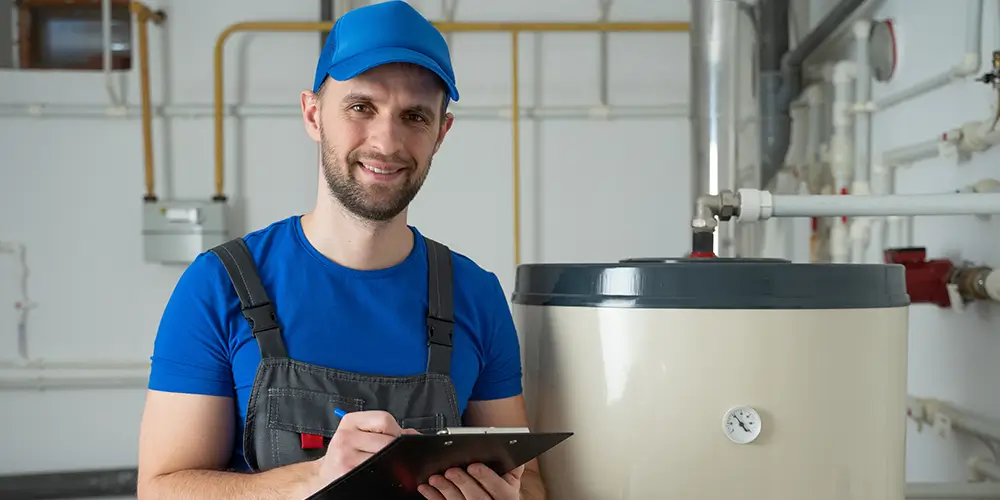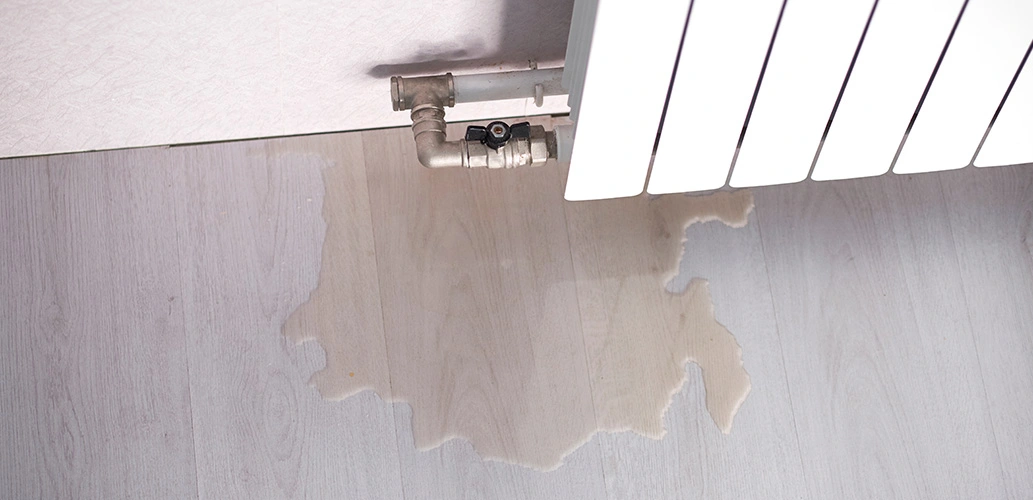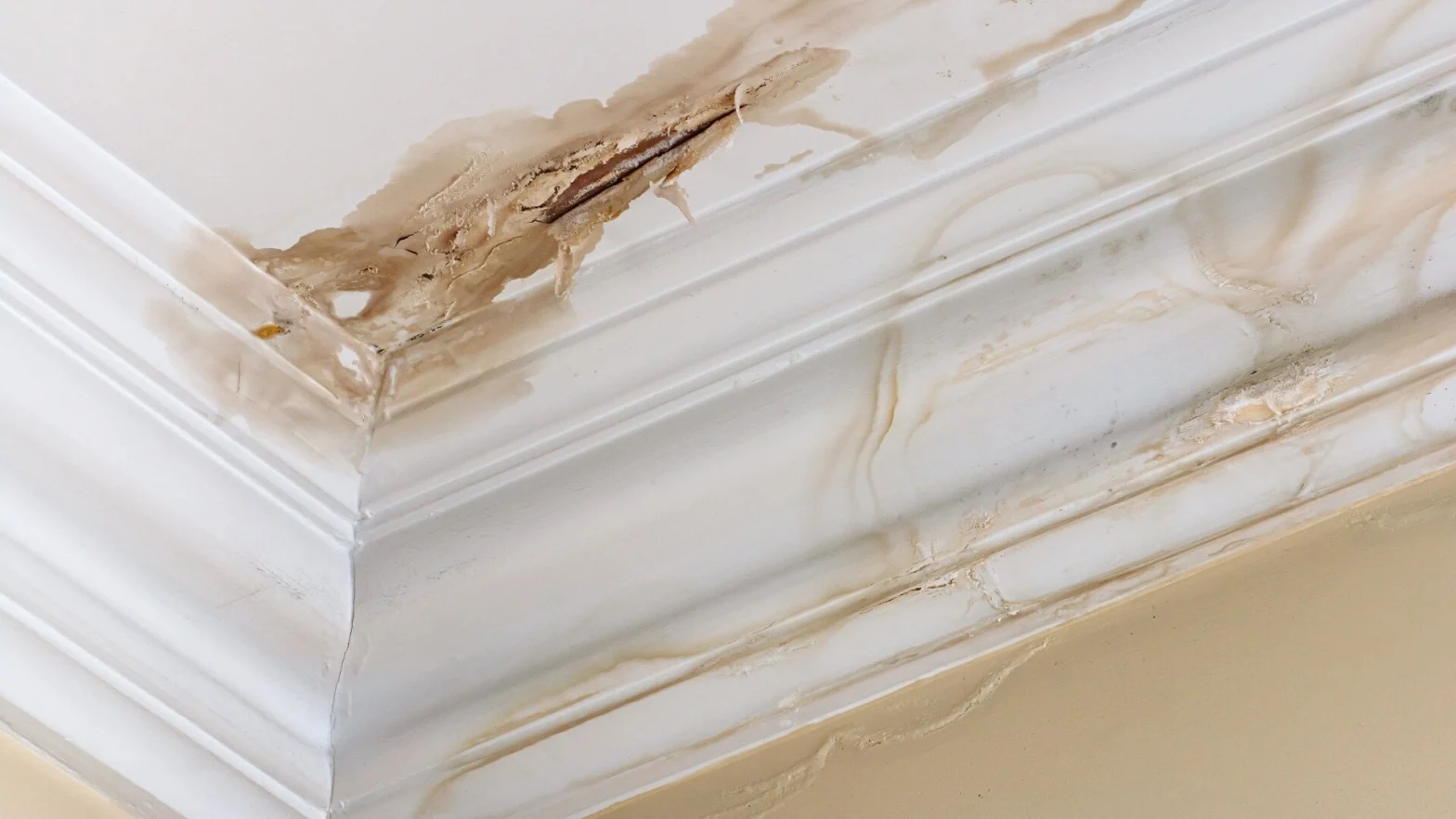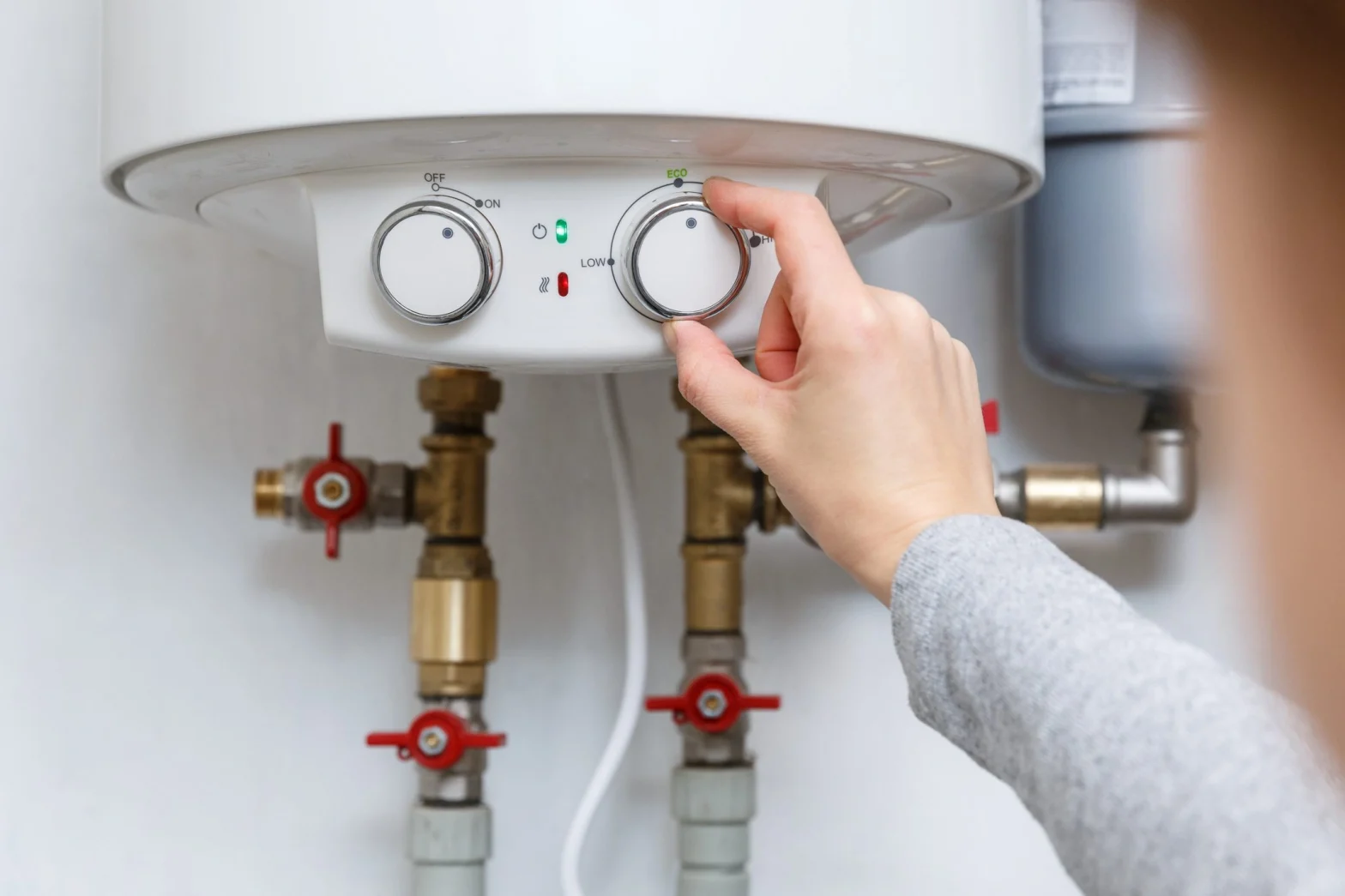The Ultimate Guide to Maintaining Your Water Heater for Optimal Performance
Water heaters are vital for comfortable living, providing us with hot water for everything from bathing to cooking. However, without regular water heater maintenance, these systems can become inefficient, leading to higher energy bills and potential breakdowns. In California, where the demand for energy efficiency is high, maintaining your water heater is essential not just for comfort but also for cost savings and environmental sustainability. We’ll go over the essential actions to take in this tutorial to make sure your water heater is performing at its best. These household maintenance suggestions will ensure that your water heater is operating efficiently whether you have a conventional tank-based type, a tankless system, or are thinking about installing a tankless water heater.
Why Water Heater Maintenance is Crucial
Understanding the importance of water heater maintenance is the first step towards ensuring your system’s longevity and efficiency:
Energy Efficiency: A well-maintained water heater consumes less energy, translating to lower utility bills. This is particularly important in California, where energy costs are among the highest in the nation. Maintaining water heater efficiency helps keep those costs in check.
Extended Lifespan: Regular water heater maintenance can significantly extend the life of your unit, delaying the need for costly water heater repair or replacement.
Consistent Hot Water Supply: Proper maintenance helps prevent common issues like fluctuating water temperatures or a lack of hot water, ensuring you always have hot water when you need it.
Safety: Faulty water heaters can pose serious risks, including leaks, carbon monoxide poisoning, or even explosions. Regular inspections help mitigate these dangers, making your home safer.
Essential Water Heater Maintenance Tips
1. Inspect and Test the Temperature and Pressure Relief Valve (T&P Valve)
The T&P valve is a critical safety component on your water heater. It’s designed to release pressure if the tank becomes too hot or if the pressure exceeds safe limits. To test it:
Step 1: Place a bucket under the discharge pipe connected to the T&P valve.
Step 2: Lift the valve’s lever to allow water to flow out. If water flows, the valve is functioning correctly. If not, or if water continues to drip after releasing the lever, you should contact 24-hour plumbing services for immediate assistance.
Regularly testing the T&P valve is a key part of water heater maintenance that ensures your system operates safely.
2. Flush the Tank Annually
In areas with hard water, like much of California, sediment buildup is a common issue that can affect water heater efficiency. Minerals settle at the bottom of the tank over time, reducing the heater’s effectiveness and increasing the risk of overheating or failure. Flushing the tank annually is a simple yet effective maintenance step:
Step 1: Turn off the power or gas supply to the water heater.
Step 2: Attach a garden hose to the drain valve at the bottom of the tank and direct the other end to a drain or outside.
Step 3: Open the drain valve and let the water flow until it runs clear. This helps remove the accumulated sediment.
After flushing, close the drain valve, remove the hose, and restore power or gas to the unit. If you encounter any issues, consider reaching out to California plumbing services for professional help.
3. Check the Anode Rod
The anode rod is an essential component that protects your water heater from corrosion by attracting corrosive elements in the water. Over time, the rod itself corrodes and needs to be replaced. Here’s how to check it:
Step 1: Turn off the water supply and power to the heater.
Step 2: Locate the anode rod, typically at the top of the unit.
Step 3: Unscrew the rod and inspect it. If more than 50% of the rod is corroded, it’s time to replace it.
Replacing the anode rod every 3-5 years can greatly extend the life of your water heater, reducing the need for frequent water heater repair.
4. Insulate the Tank and Pipes
Because of California’s varied temperature, insulation might assist minimize heat loss from your water heater, especially if it is located in a colder space like a garage. Up to 10% more efficiency can be achieved with proper insulation in water heaters.
Step 1: Purchase a water heater insulation blanket that matches your unit’s size.
Step 2: Wrap the blanket around the tank, leaving the thermostat and burner access uncovered.
Step 3: Secure the blanket with adhesive tape.
Additionally, use foam pipe insulation on any exposed hot water pipes to further reduce heat loss. If you’re unsure how to do this, a professional tankless water heater installation service provider can help you with the installation.
5. Lower the Thermostat
Many water heaters are set to 140 degrees Fahrenheit by default, but lowering the temperature to 120 degrees can reduce energy consumption by 5-10%. This adjustment is particularly useful in maintaining water heater efficiency without sacrificing comfort.
Step 1: Locate the thermostat dial on your water heater, typically near the bottom of the tank.
Step 2: Adjust the setting to 120 degrees Fahrenheit.
This simple adjustment not only saves energy but also reduces the risk of scalding, making your home safer for children and the elderly.
6. Schedule Professional Inspections
While doing your own maintenance is necessary, it’s also important to schedule routine expert inspections. A certified plumber is able to identify hidden problems that may go unnoticed during routine inspections, such as gas leaks or electrical faults. Consider hiring the water heater servicing in California if you’re in the state to make sure your water heater is in good working order all year round.
To make sure your water heater runs well and lasts as long as possible, maintenance is essential. You can maintain optimal performance from your water heater by doing the following home maintenance tasks: inspecting the T&P valve, flushing the tank, checking the anode rod, insulating the tank, lowering the thermostat, and arranging expert inspections.
Energy efficiency and environmental consciousness are paramount most especially in California, these water heater maintenance practices not only help you save money but also contribute to a greener planet. If you encounter any issues, don’t hesitate to contact Calis Choice experts for immediate assistance. Taking the time to care for your water heater will ensure reliable, safe, and cost-effective hot water for years to come.
FAQs
Q: How often should I perform maintenance on my water heater?
Regular maintenance should be performed at least once a year to ensure your water heater operates efficiently and lasts longer.
Q: What are the common signs that my water heater needs repair?
Common signs include inconsistent water temperature, unusual noises, rust-colored water, leaks, or a decrease in hot water supply.
Q: How can I flush my water heater to remove sediment?
To flush your water heater, turn off the power or gas, connect a hose to the drain valve, and empty the tank. Then, refill and repeat until the water runs clear.
Q: What is the best temperature setting for my water heater?
The recommended temperature setting is usually between 120°F and 140°F. This range provides hot water efficiently without the risk of scalding or excessive energy use.
Q: When should I replace my water heater instead of repairing it?
If your water heater is over 10-15 years old, frequently needs repairs, or shows signs of severe damage (like a leaking tank), it may be more cost-effective to replace it.


